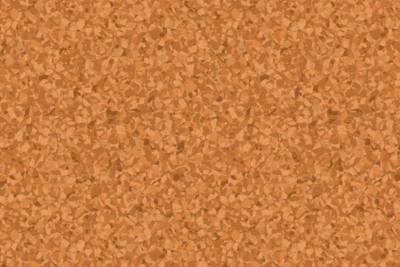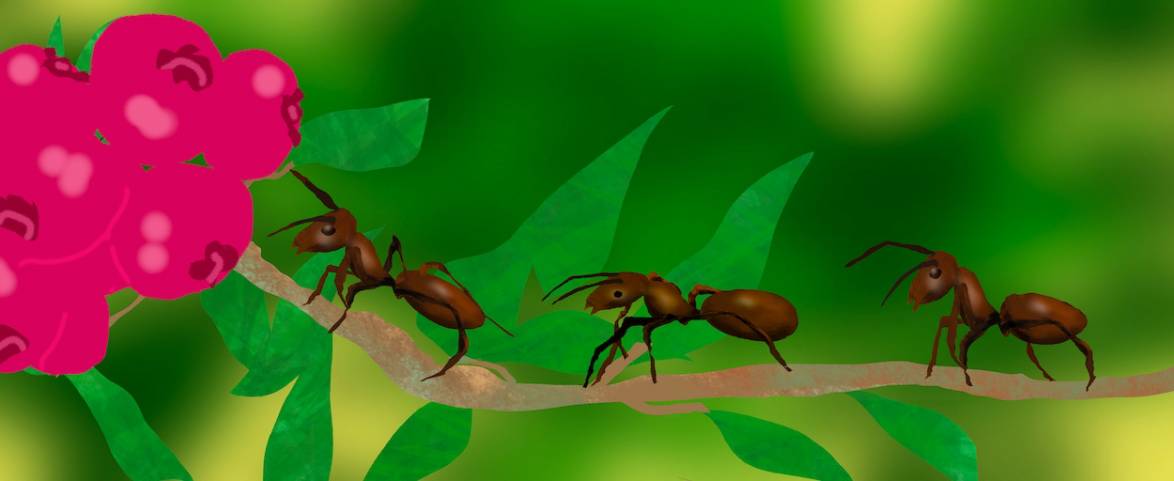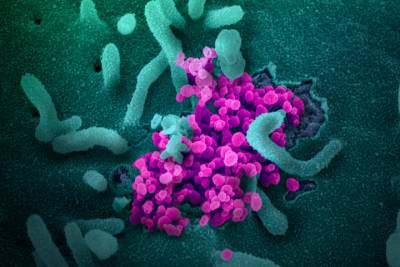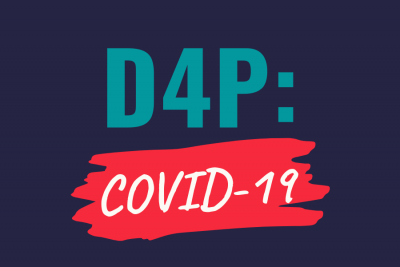Observe Ant Behavior
When we look at the behavior of ants, we’re not only learning about them. We’re also learning about ourselves! Watching ants in different cooperative and communicative social environments gives us valuable information about the evolution of these behaviors.
The videos that we have to share with you a glimpse of how ants find food in a controlled lab setting.
Watch the following video that demonstrates how the Clonal Raider ants — a close relative of the army ant — locate food and bring it back to the nest.
This work is licensed under CC BY-NC 4.0
Preview

Watch Ants in a Lab!
Watch a foraging video taken by researchers in the Laboratory of Social Evolution and Behavior at Rockefeller University! Answer some questions, and let us know what sorts of things you’d like to explore as a scientist!

Padlet - Share your ant questions!
After watching our ant foraging video, let us know some questions that you have about ants!
Explore ant foraging behavior!
When scientists are dealing with large sample of animals within an observational or experimental study, catching the action in video is so important! Without videos like this, scientists would likely miss the cool behaviors that you’re about to witness. So, buckle up and get ready to observe ants like a scientist by watching this video taken by members of the Laboratory of Social Evolution and Behavior at Rockefeller University! Through out the video, we have some fun questions for you to answer, and we hope that you leave this video knowing a little more about our insect friend, The Clonal Raider ant!
Share your questions:
This video is adapted from the following published research paper:
Colony expansions underlie the evolution of army ant mass raiding. Vikram Chandra, Asaf Gal, and Daniel J. C. Kronauer. May 25, 2021 | Vol. 118 (No. 22) e2026534118










